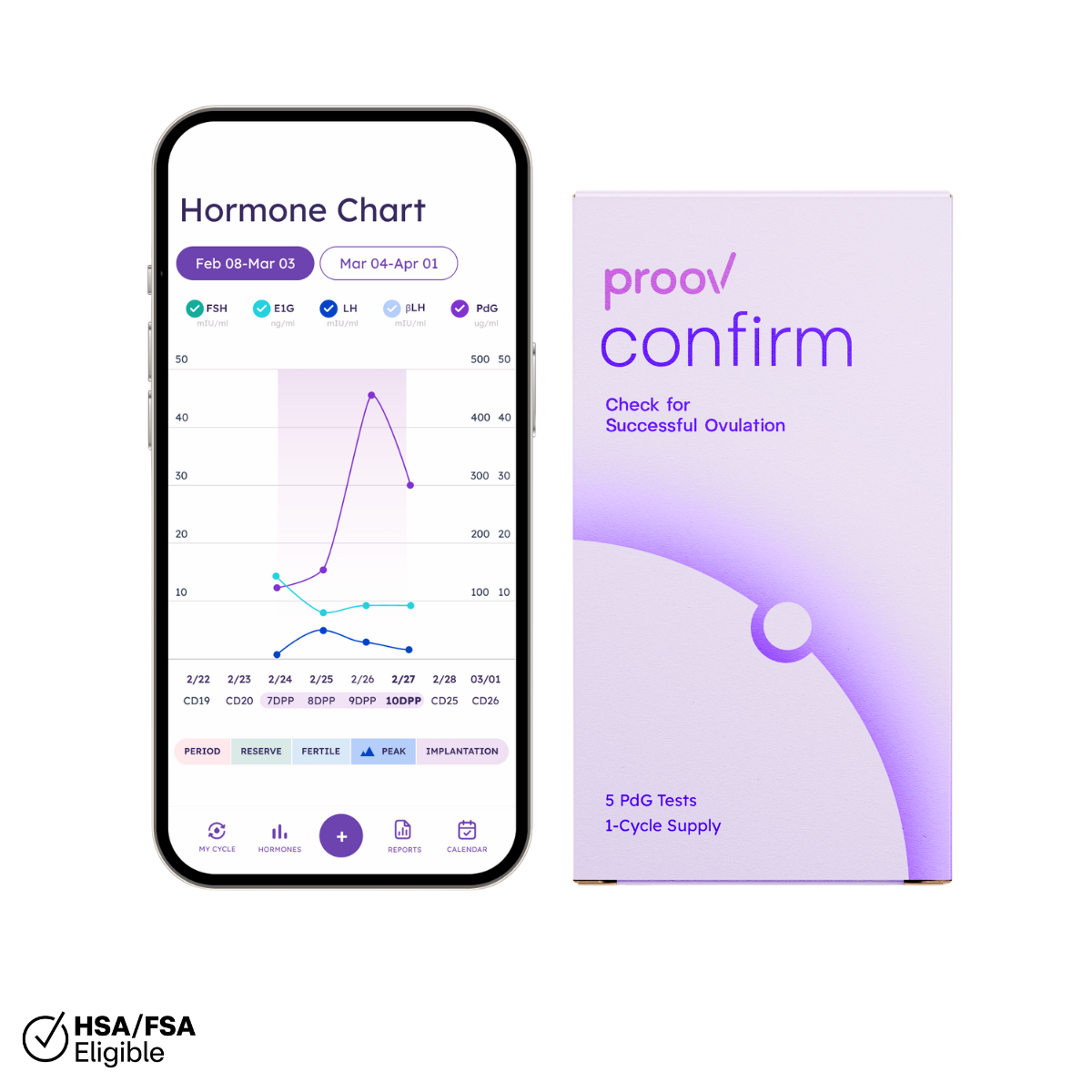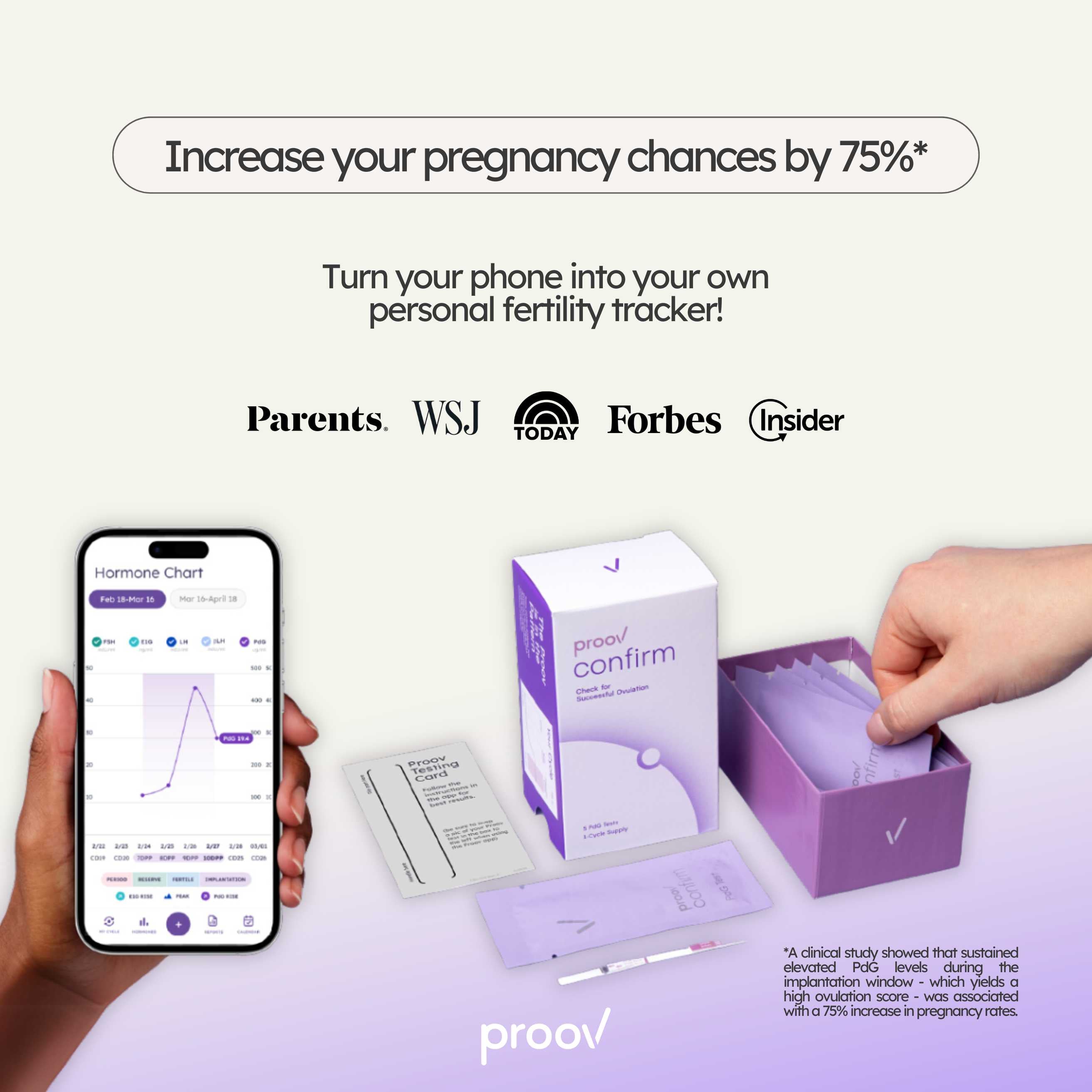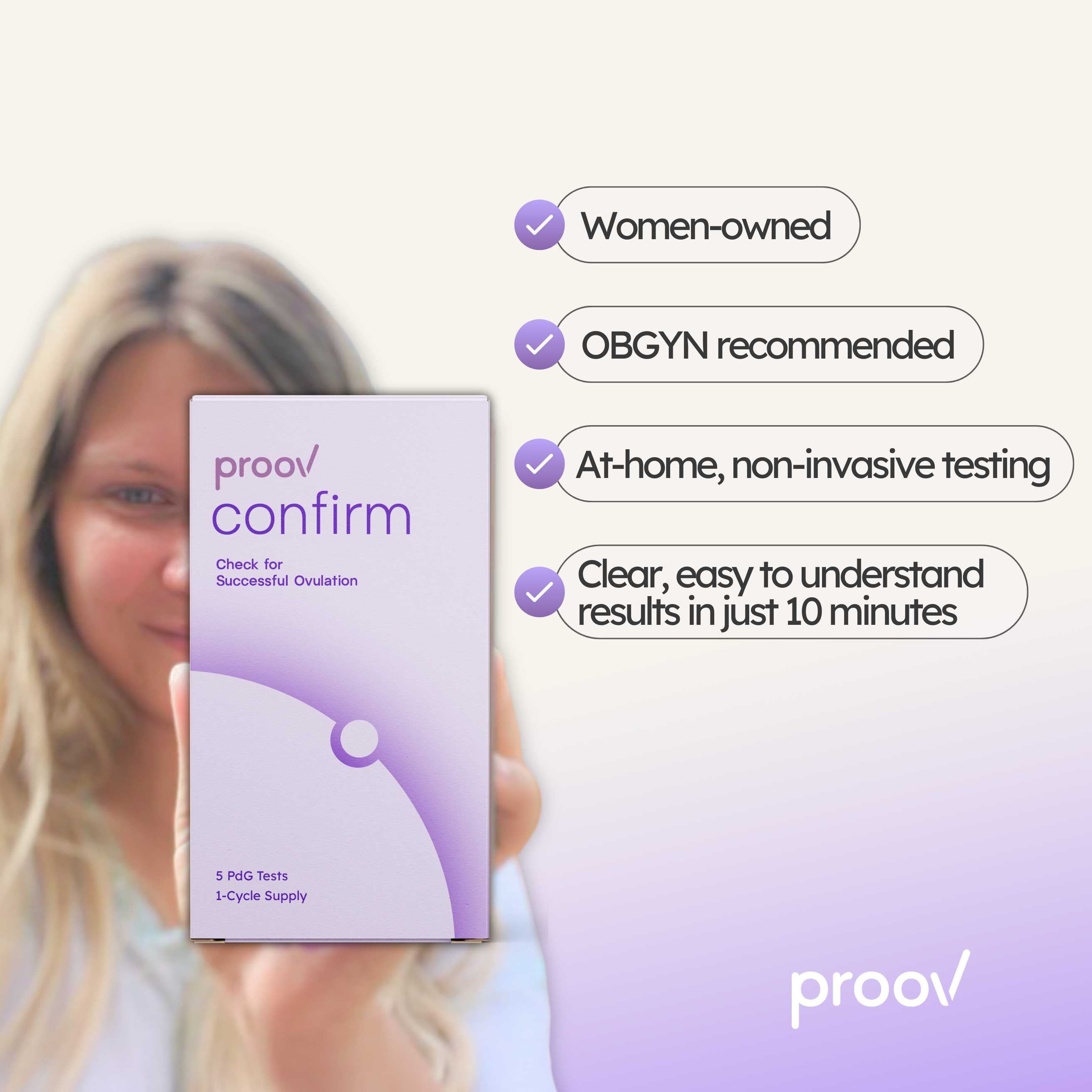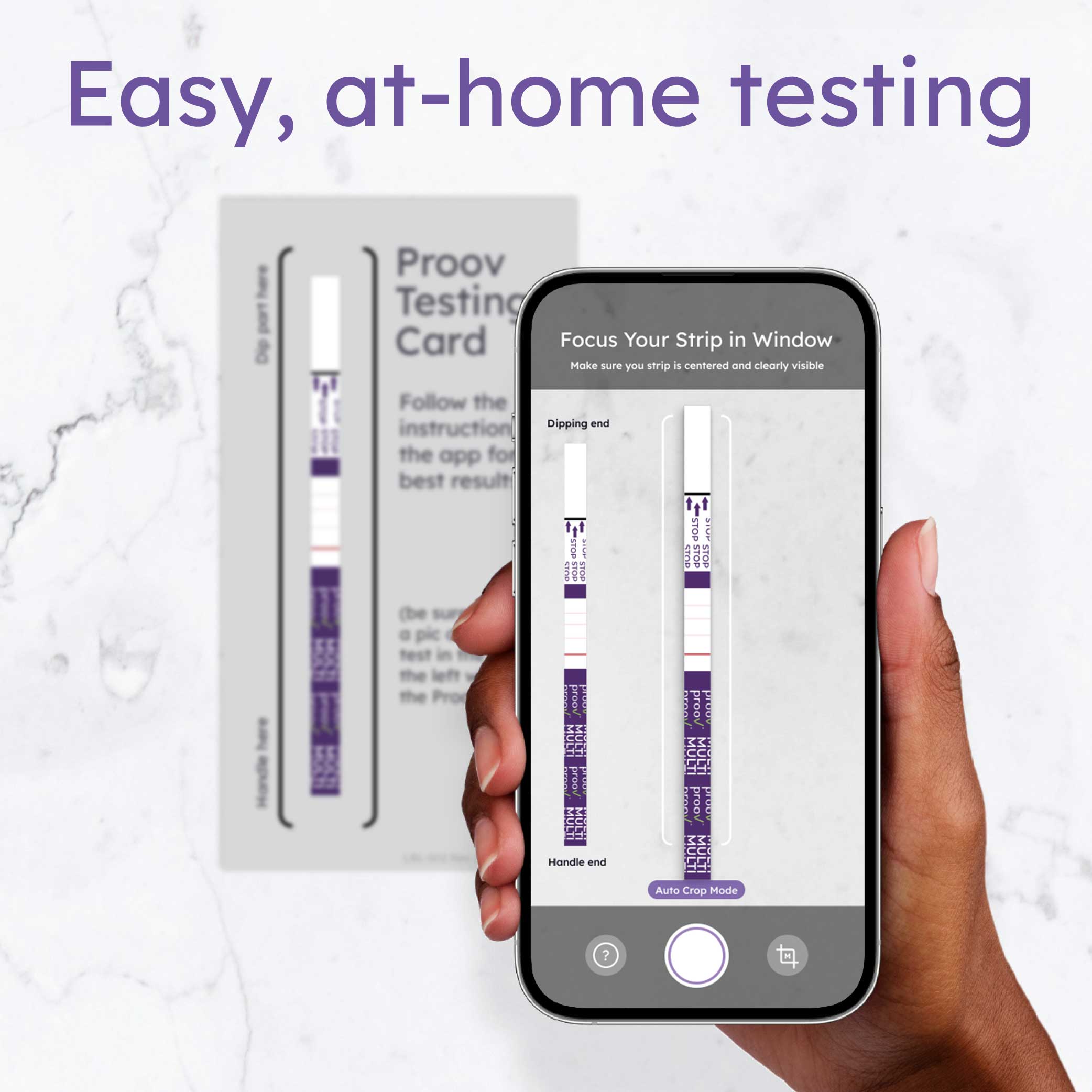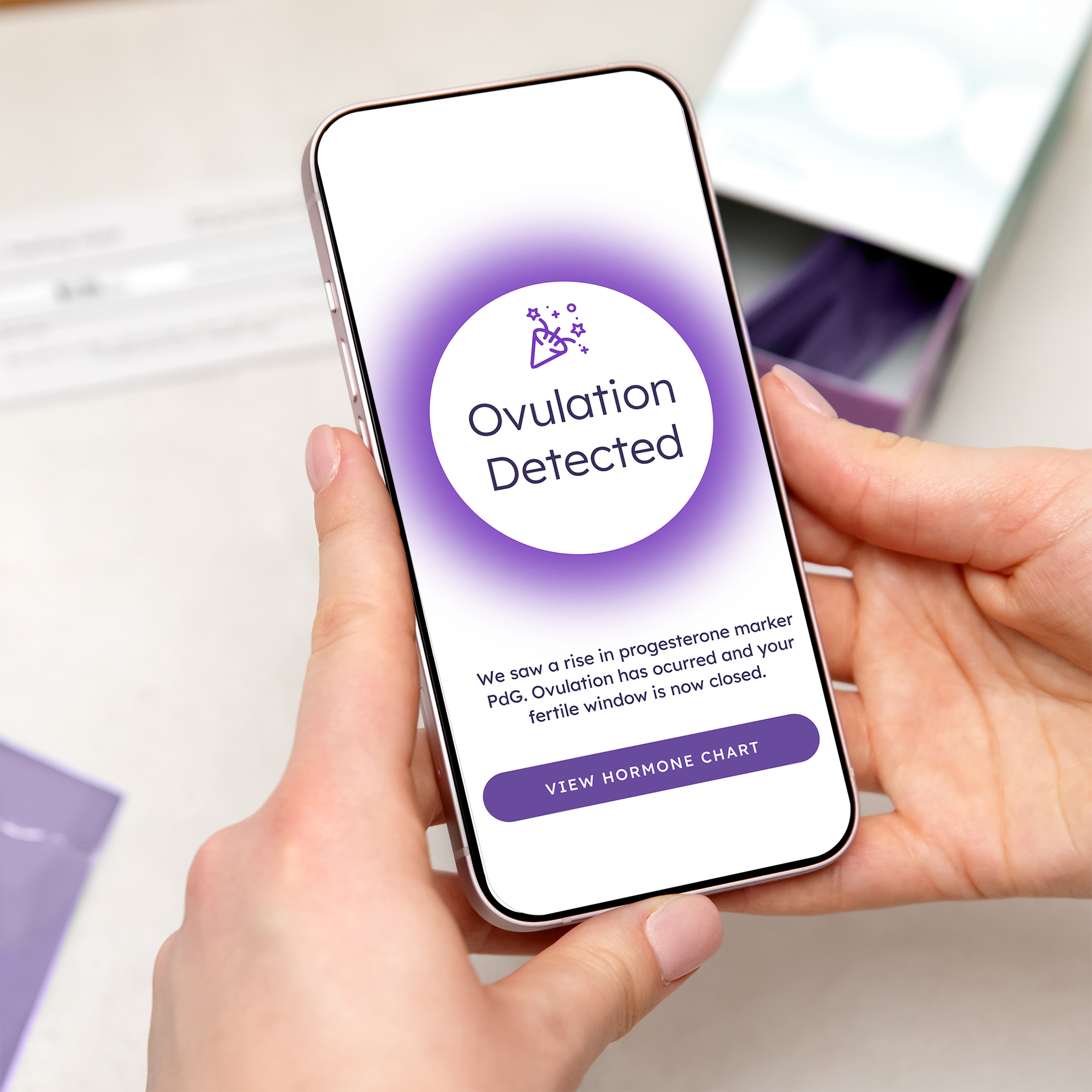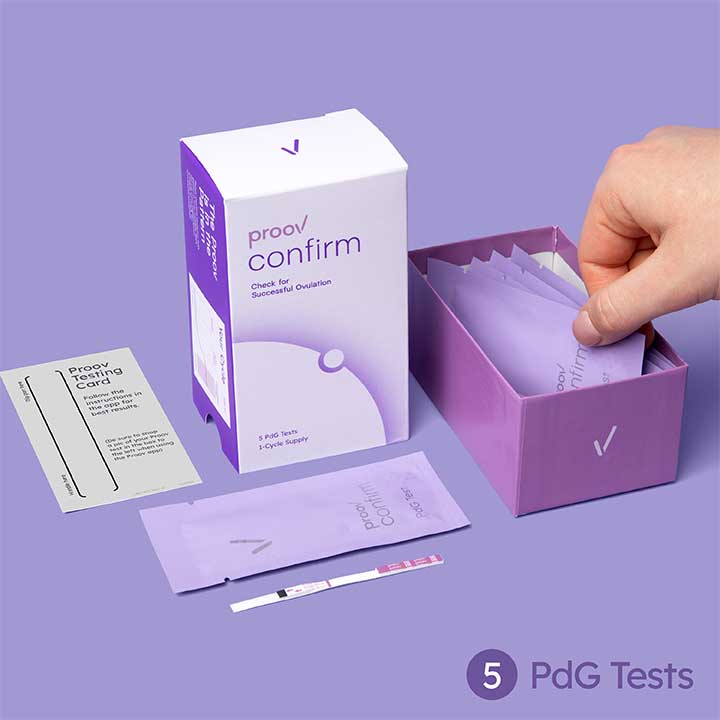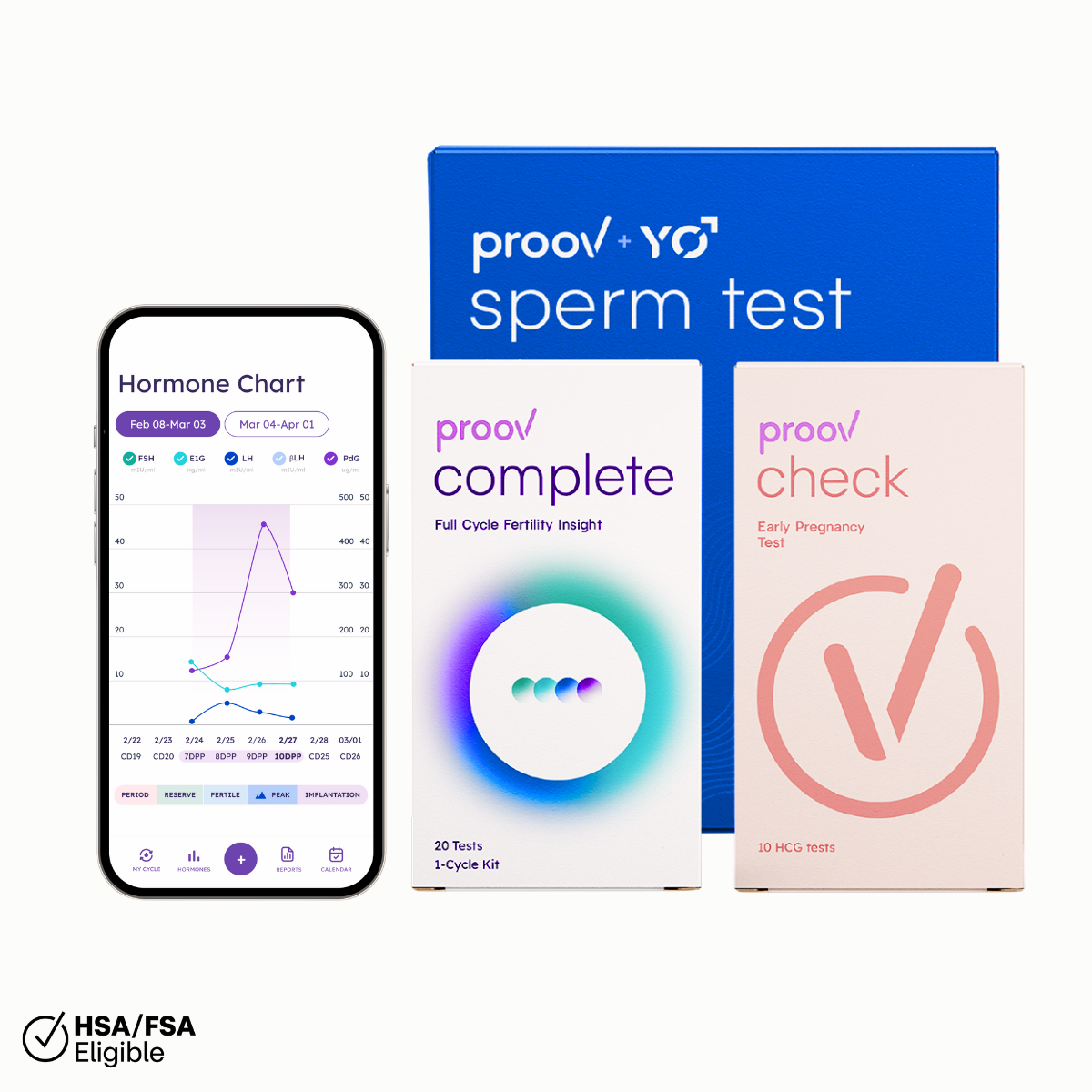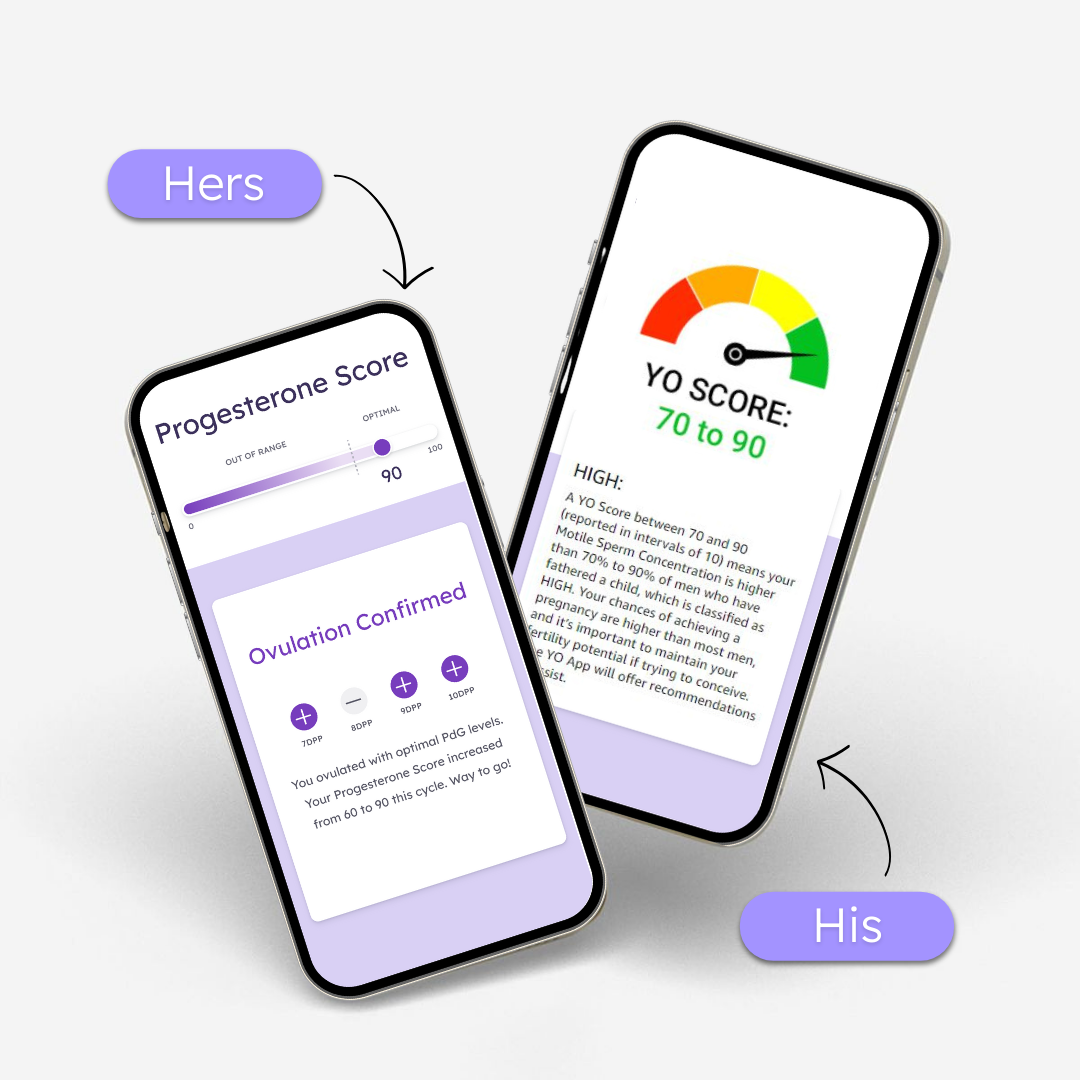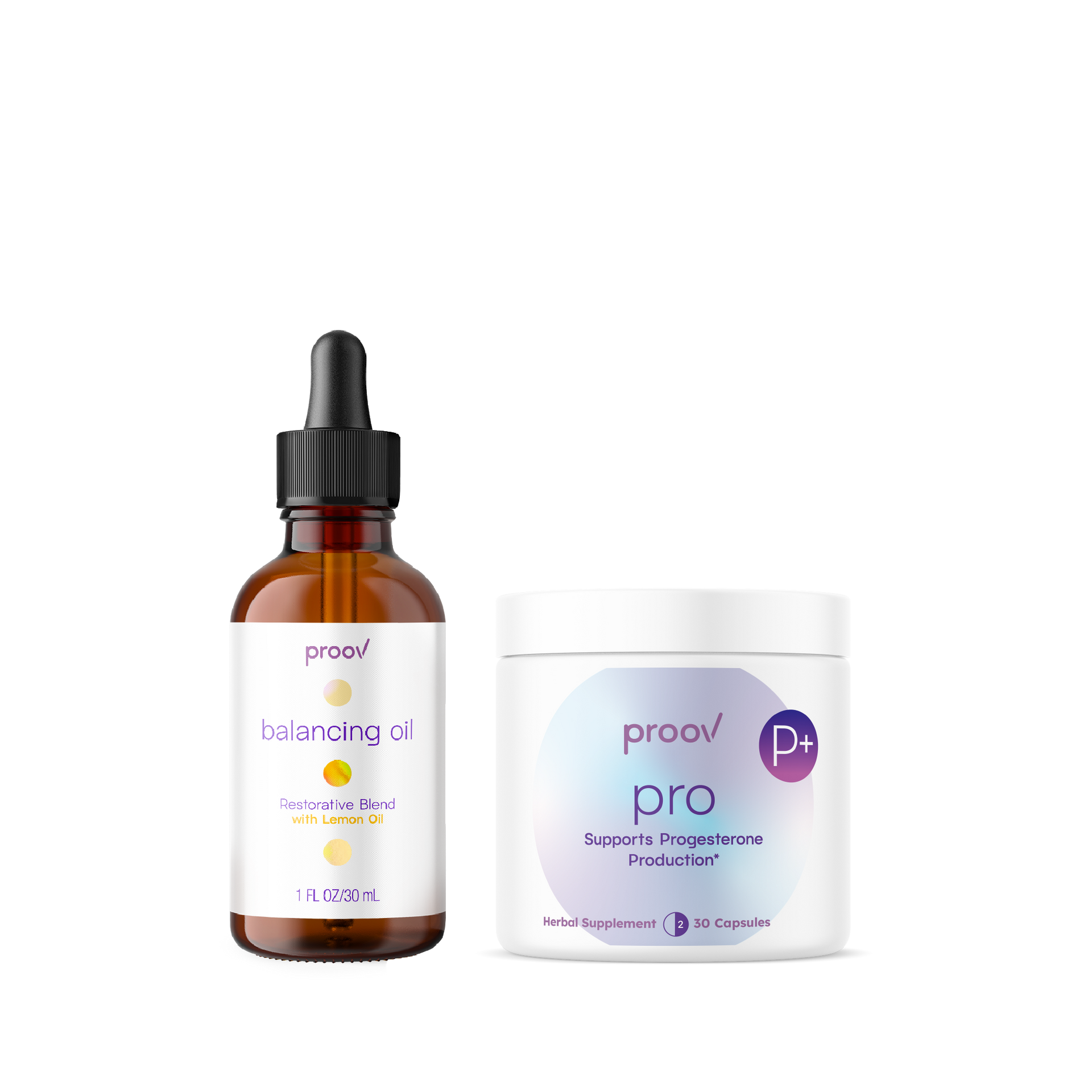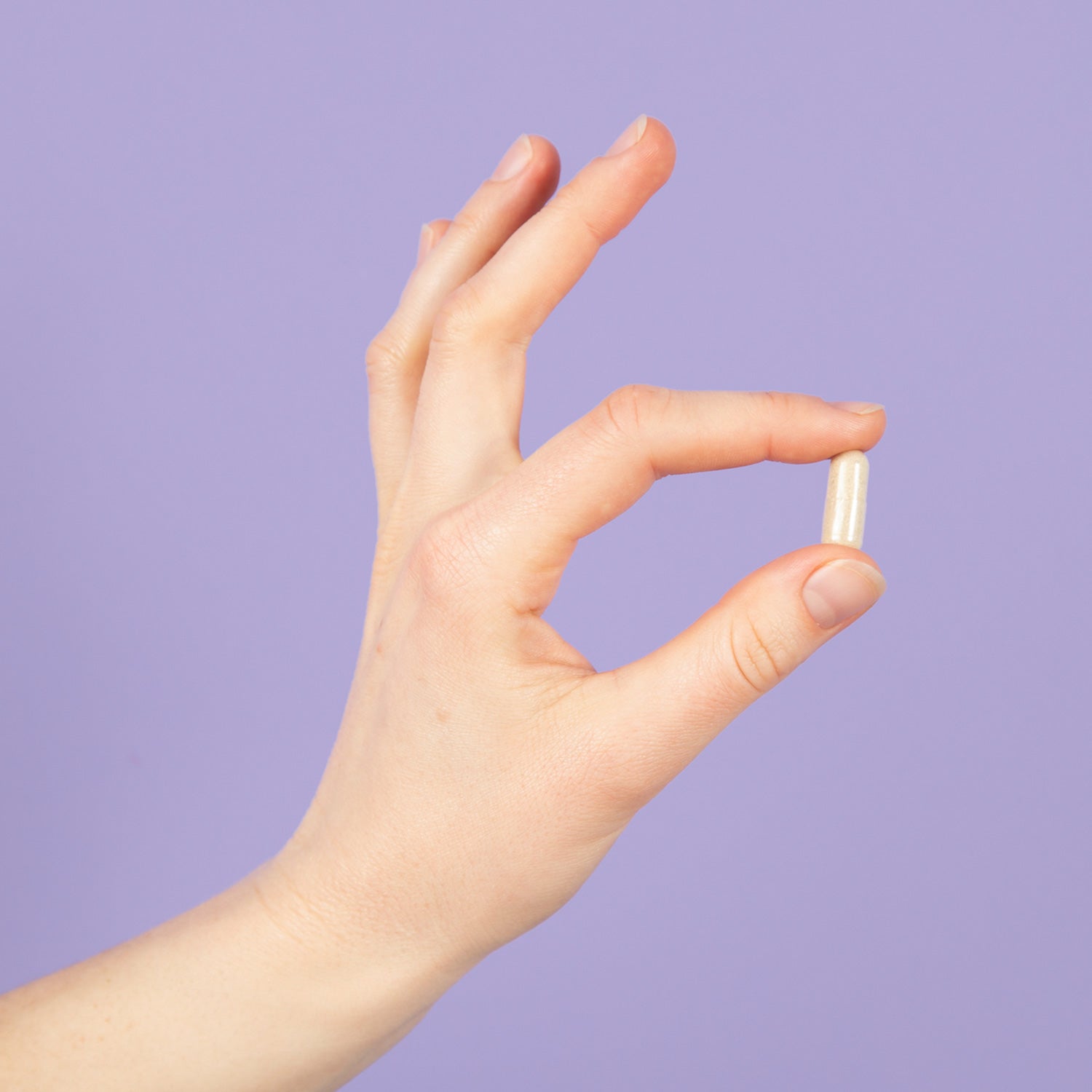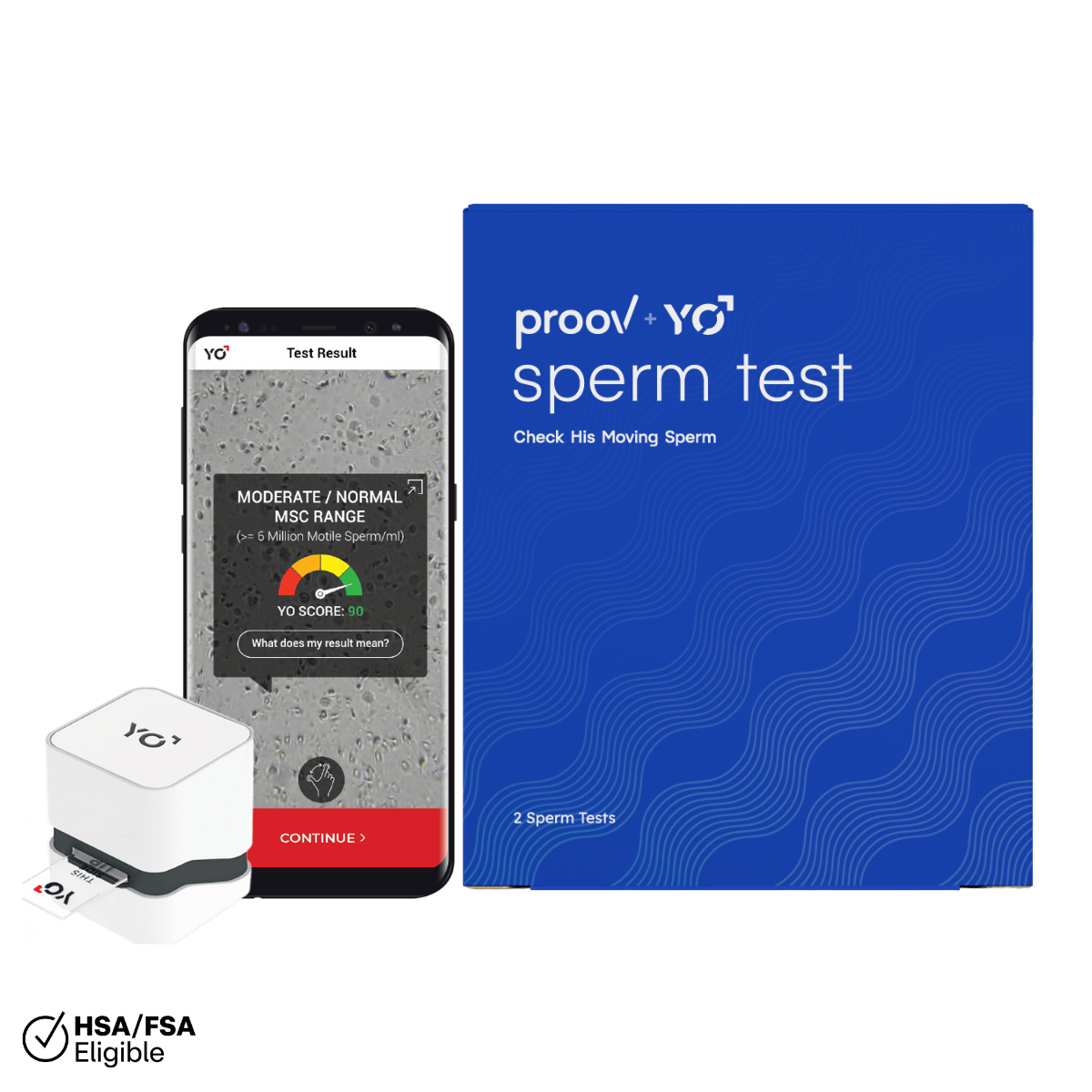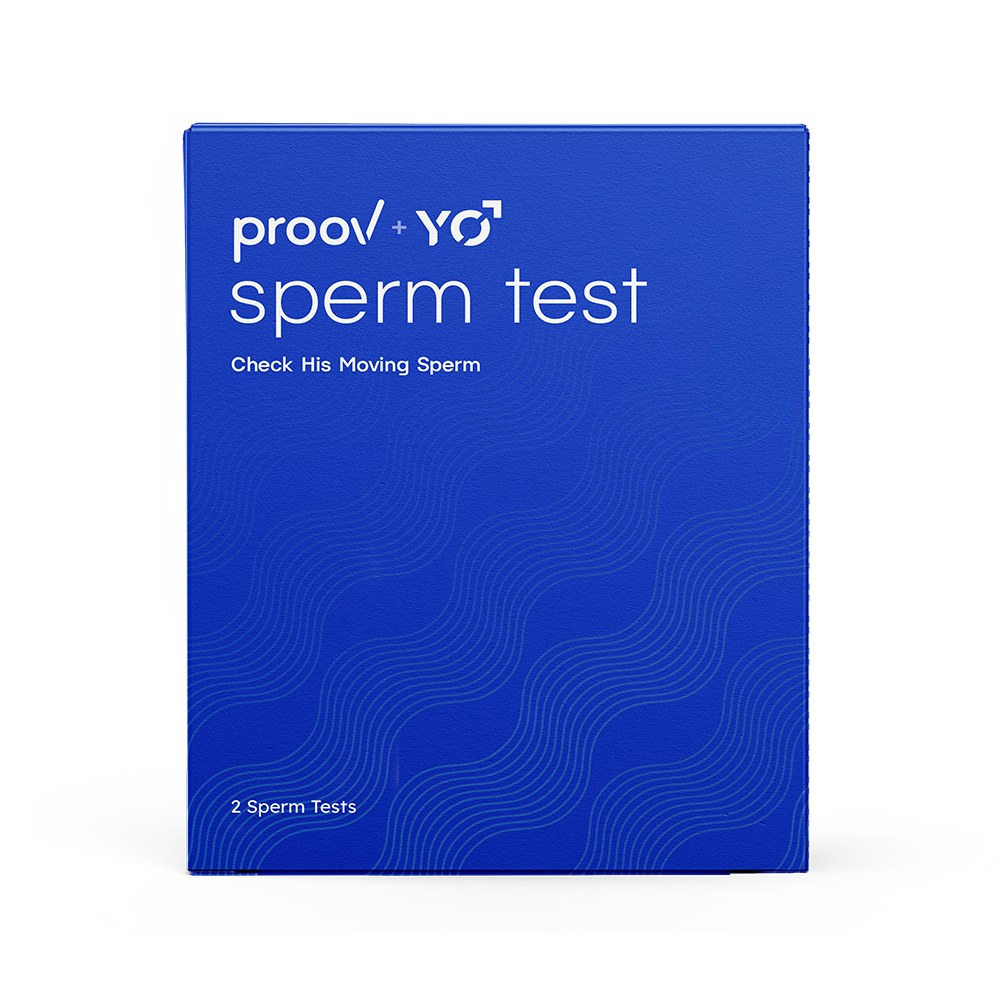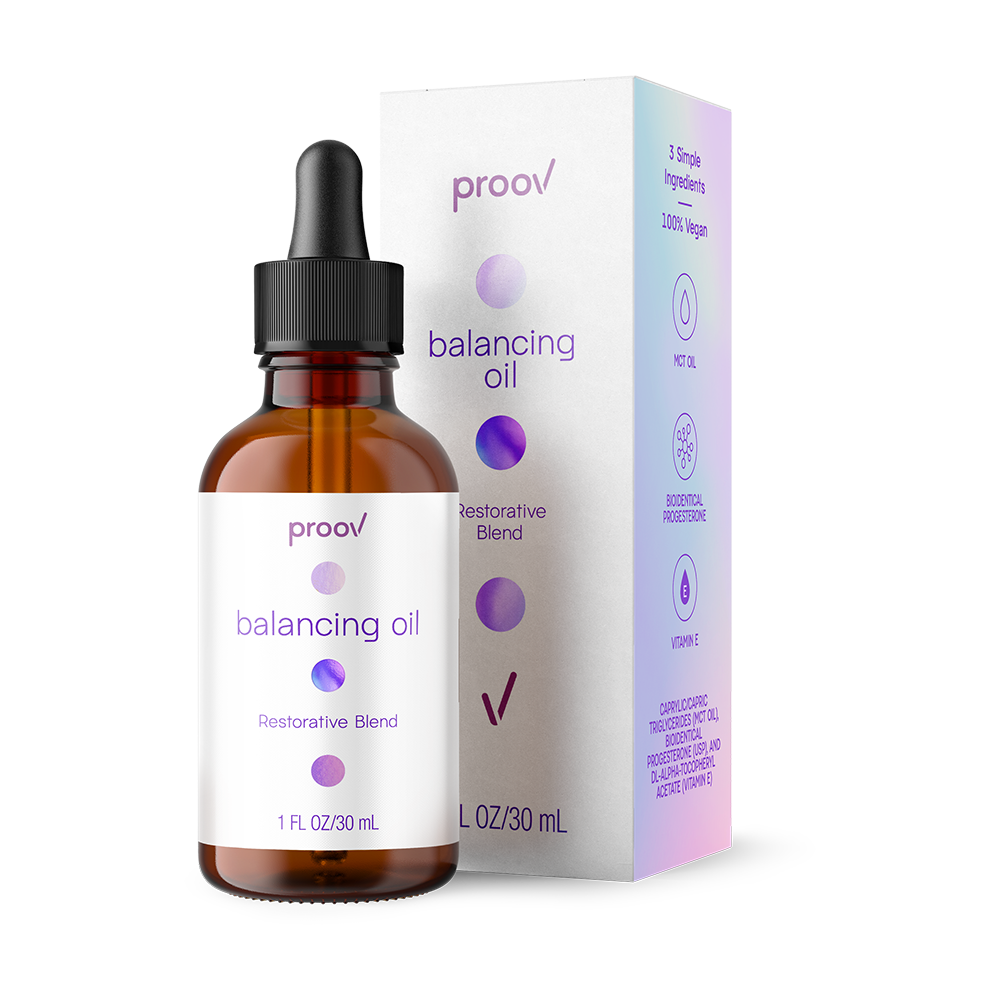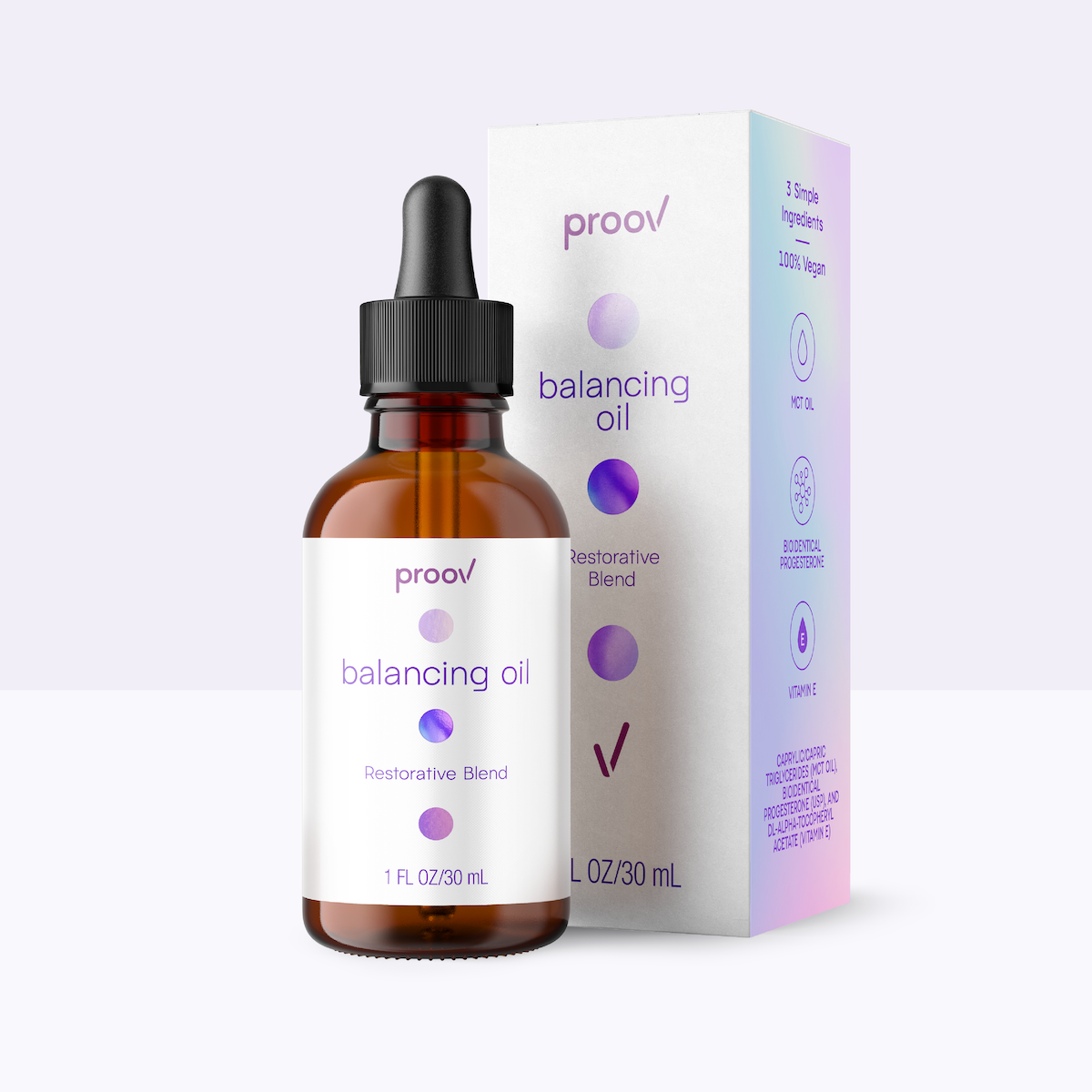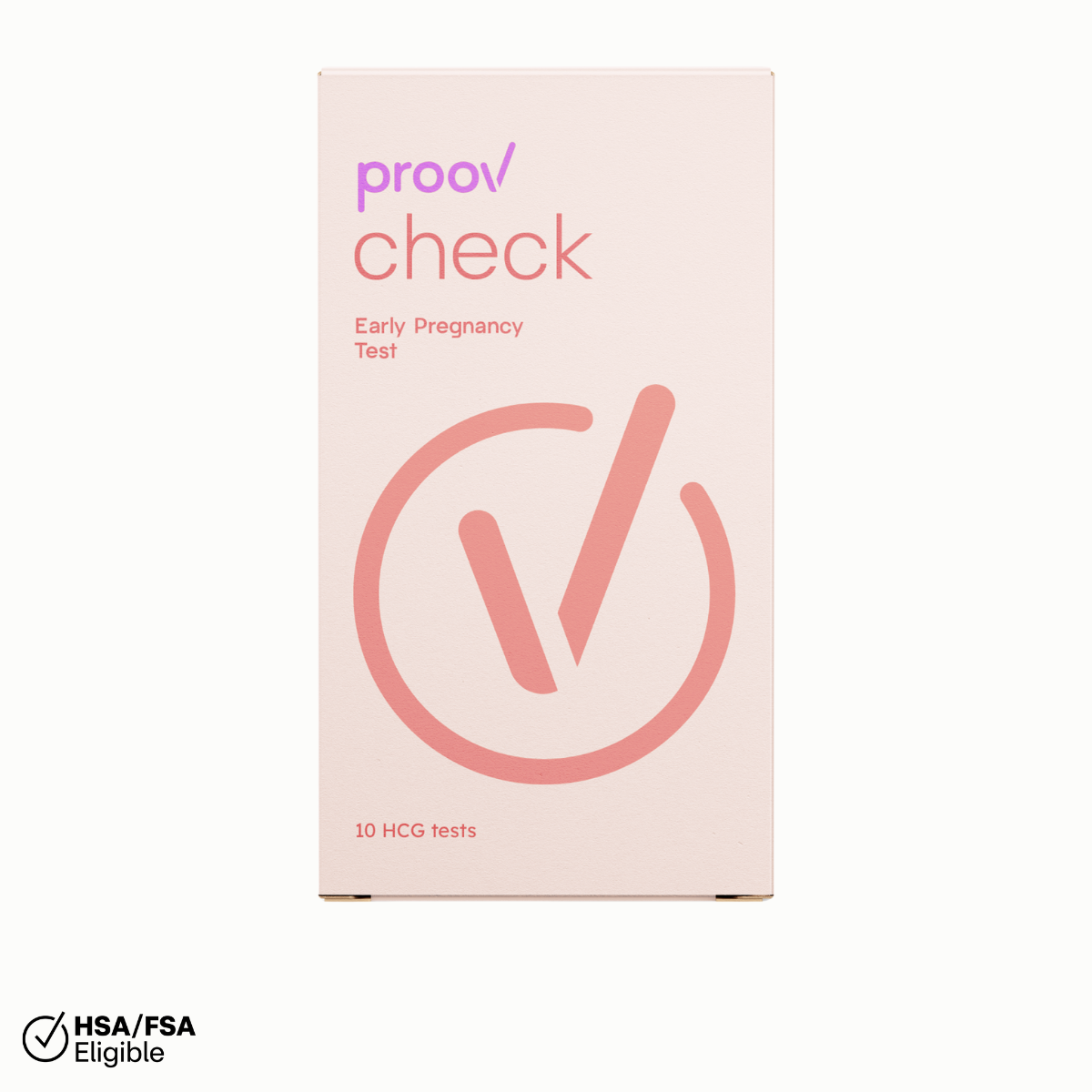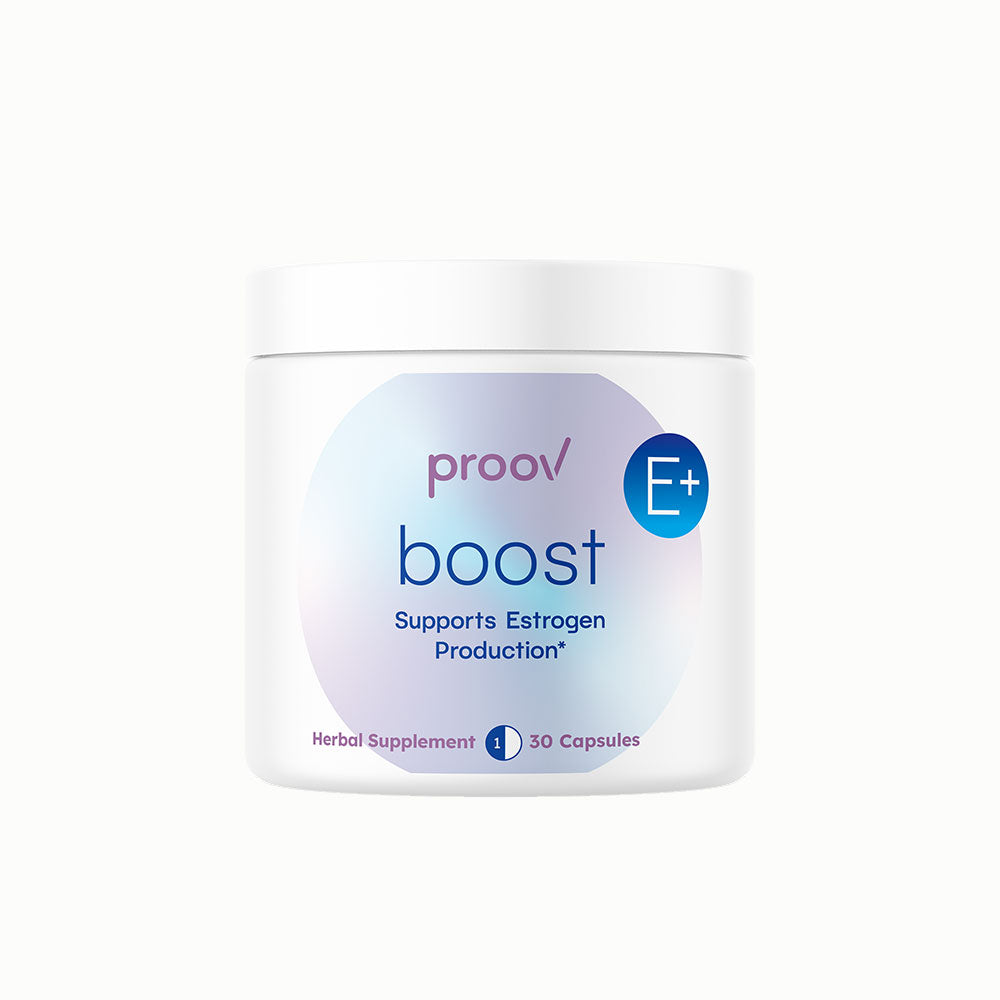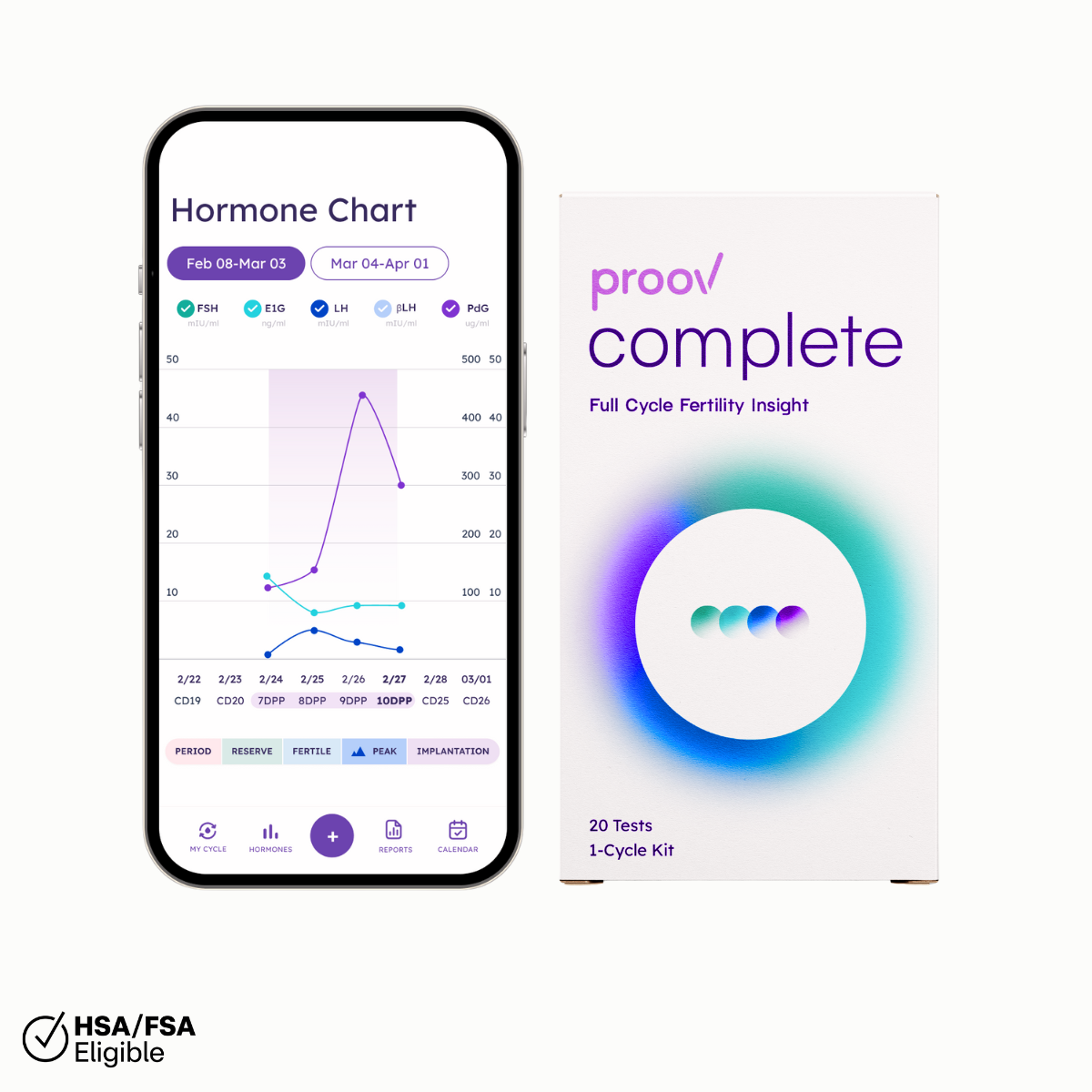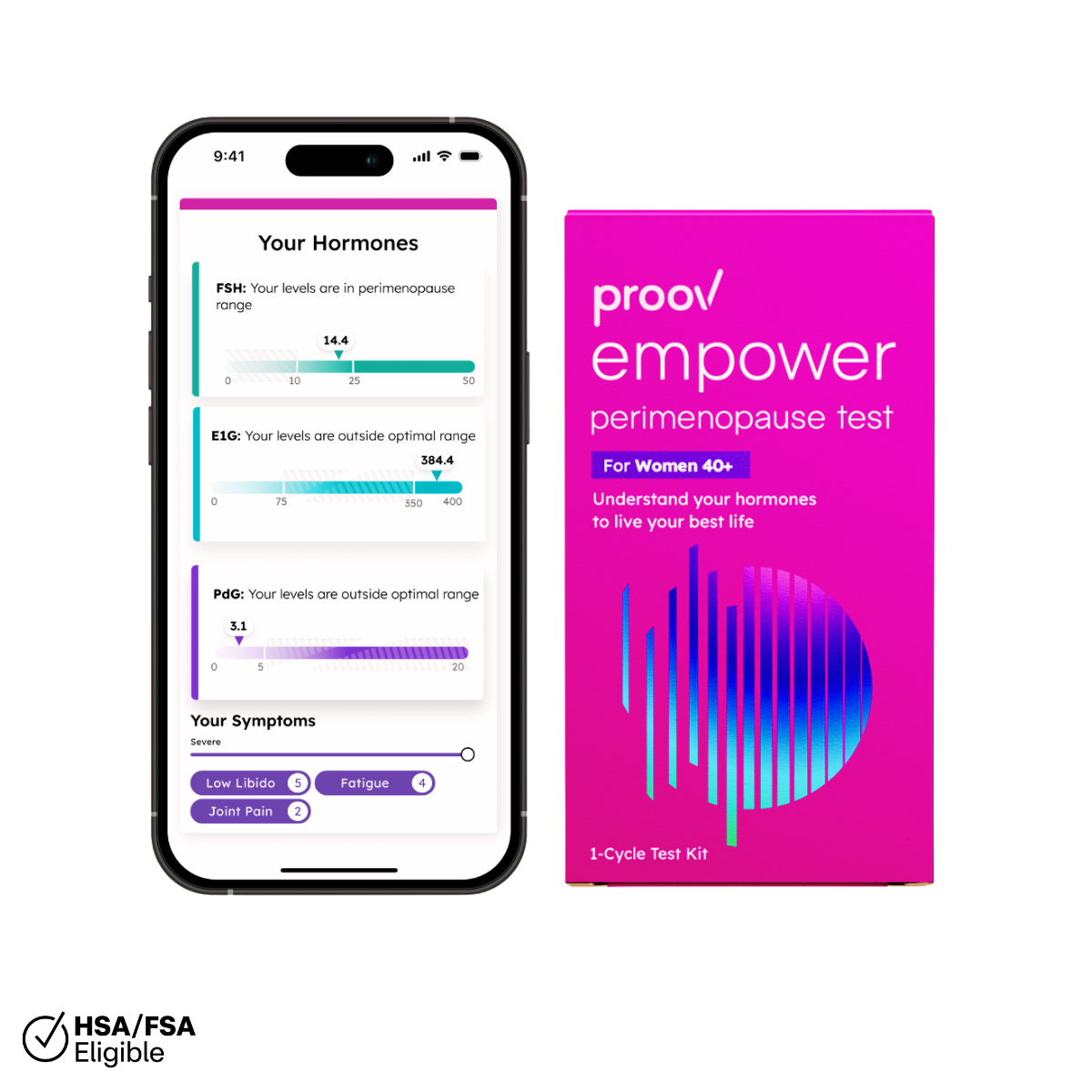Confirm Ovulation PdG Test Kit
- Regular price
- $18.99
- Sale price
- $18.99
- Regular price
- $29.00
The first and only FDA cleared test to confirm successful ovulation, increase your pregnancy chances by up to 75%.
Inventory Expires January 2026
Details
The Science
What's Included
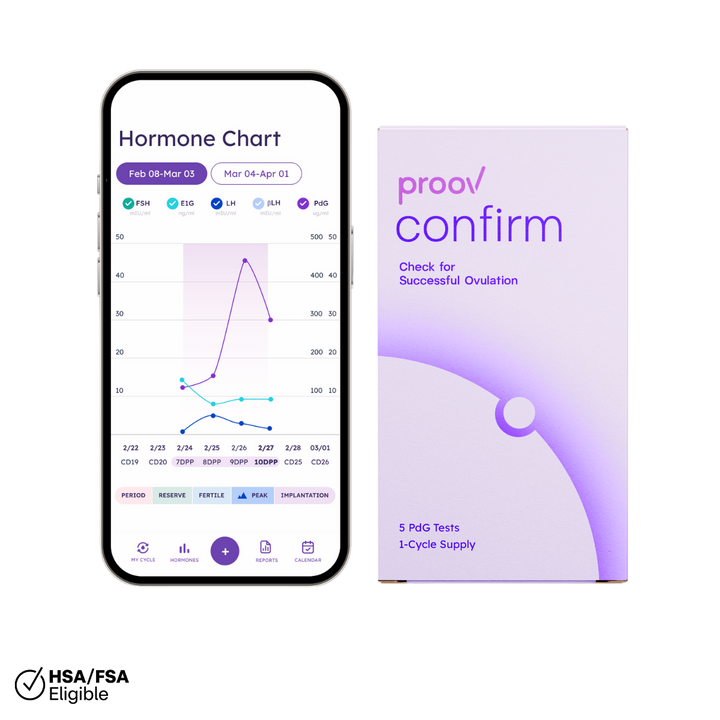
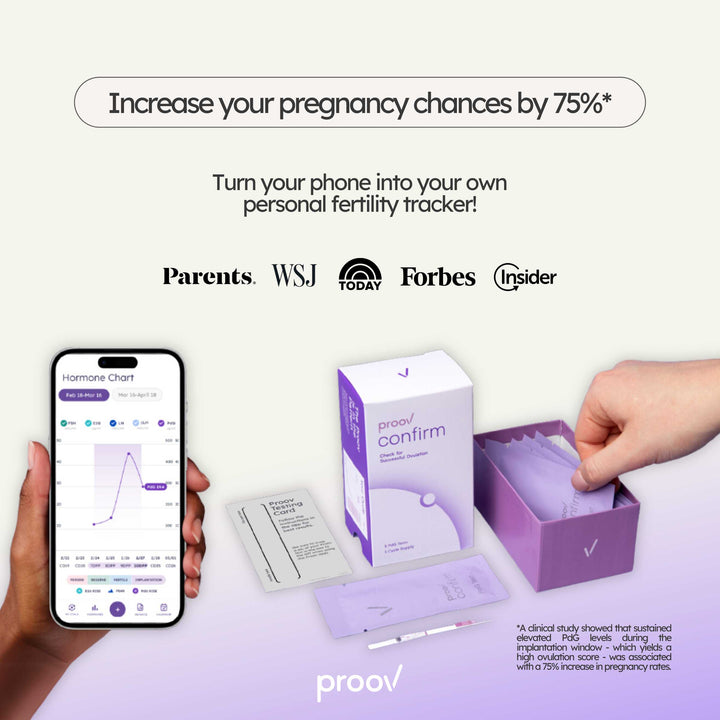
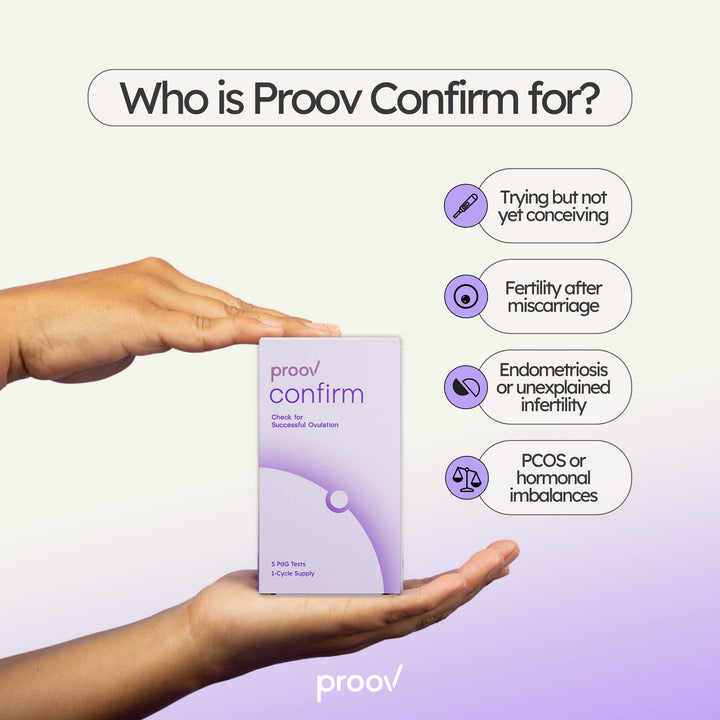

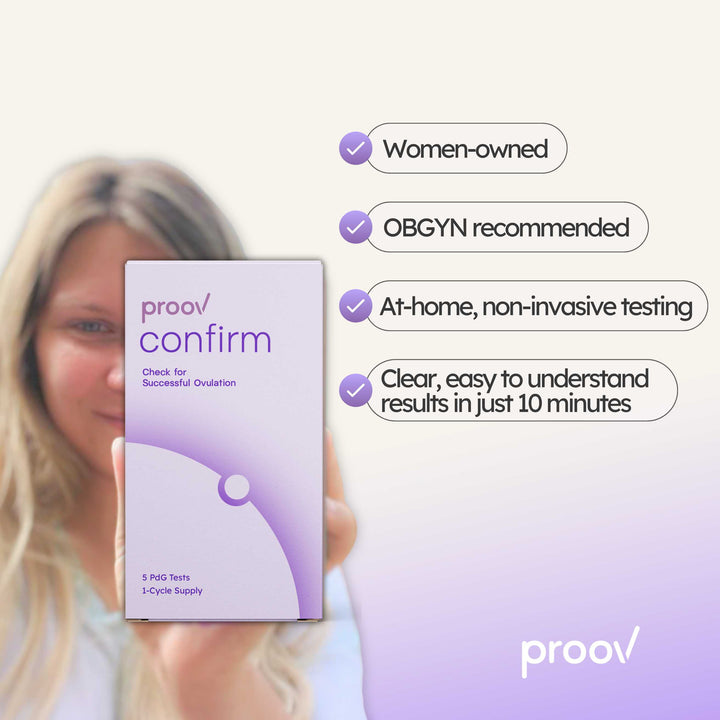
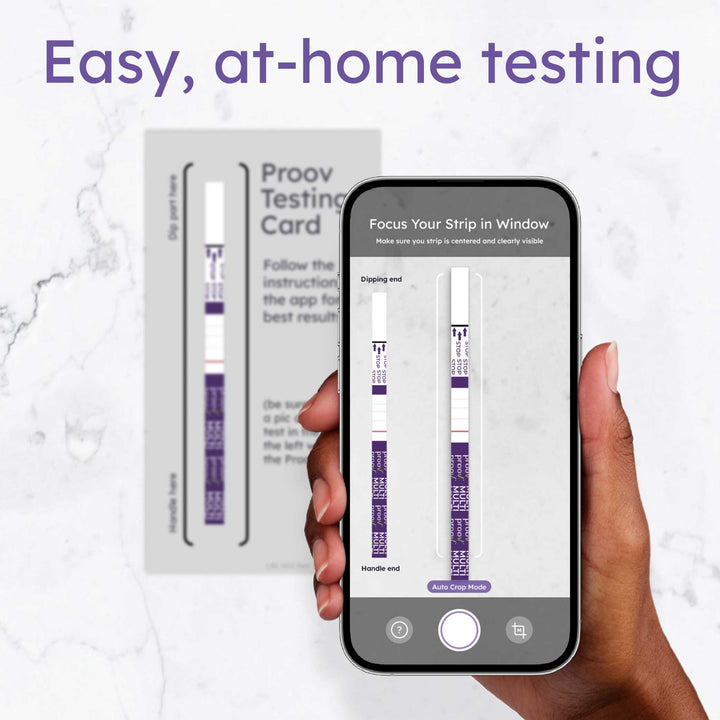
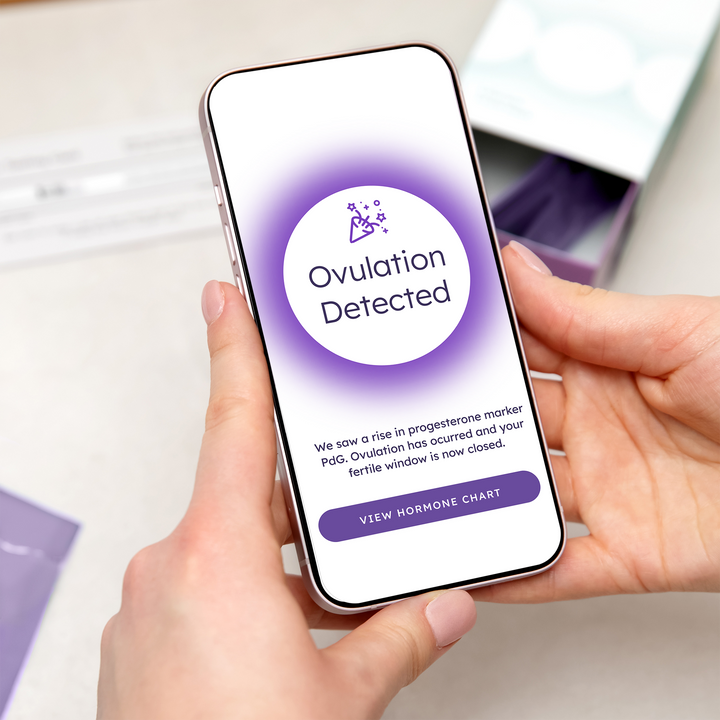
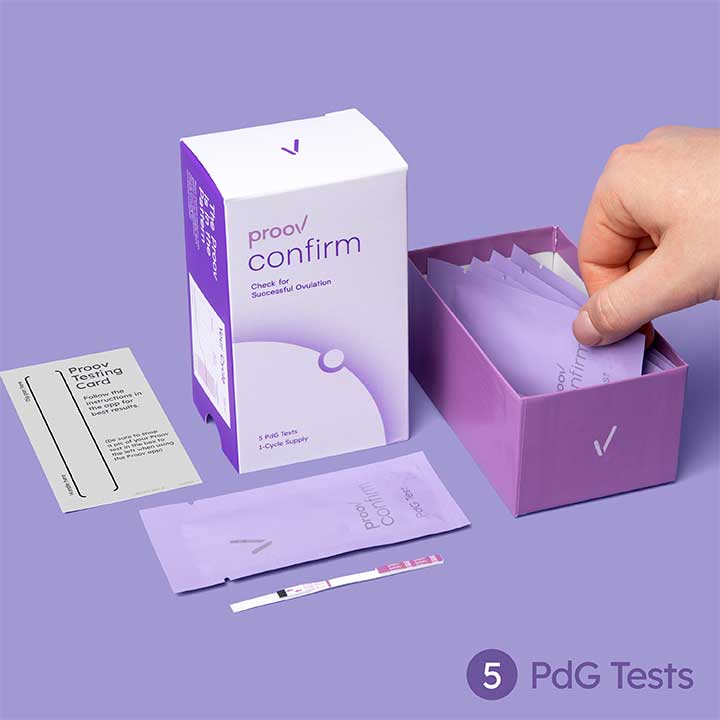

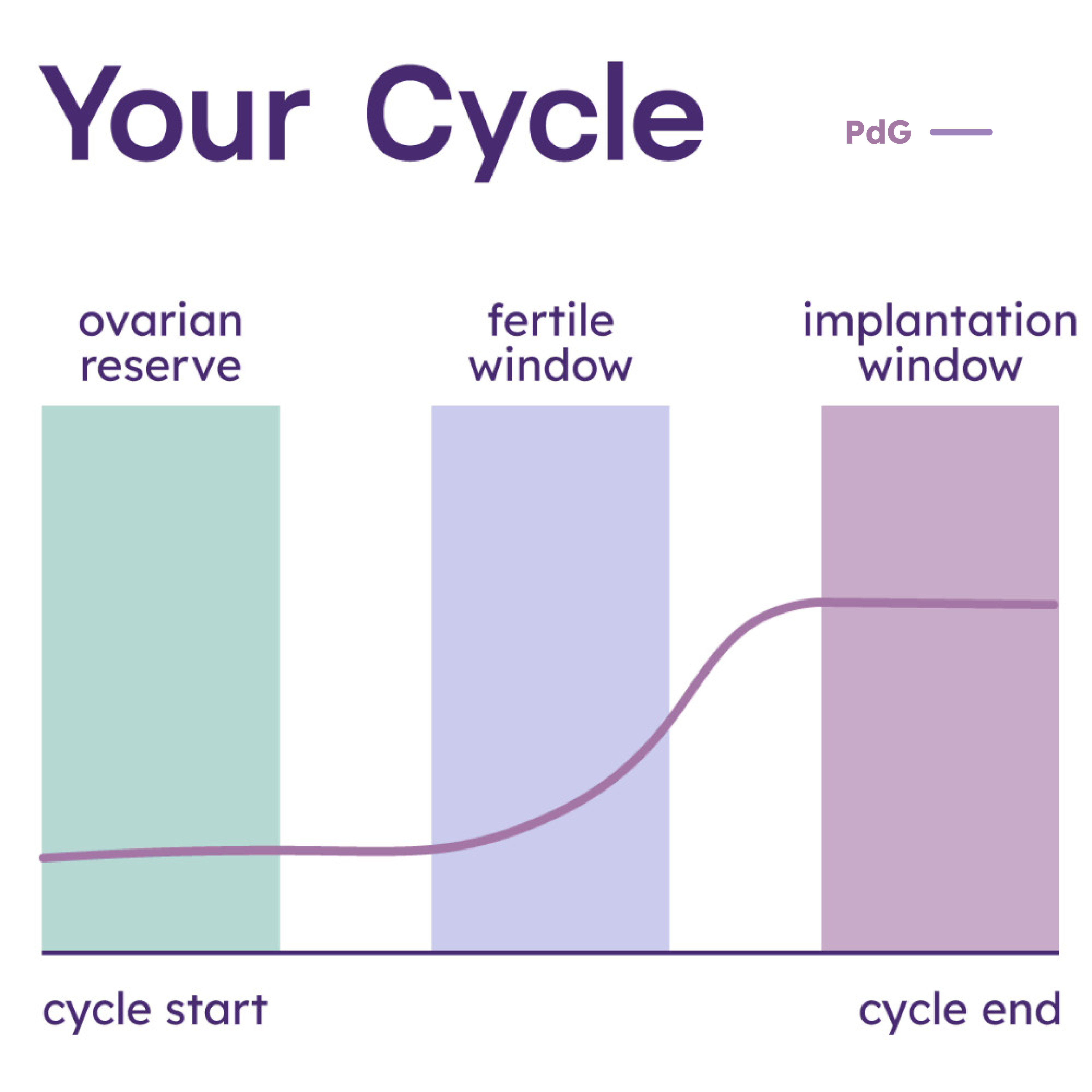
The Proov PDG difference
Ovulation is more than a “yes/no”. In fact, it’s possible to release an egg but still not have enough progesterone - the hormone released after ovulation - to support implantation.
Proov measures a hormone marker released after ovulation, called PdG, that supports implantation and tracks it during the implantation window, which can get women pregnant 75% faster* than if using standard ovulation tests or period trackers apps alone.
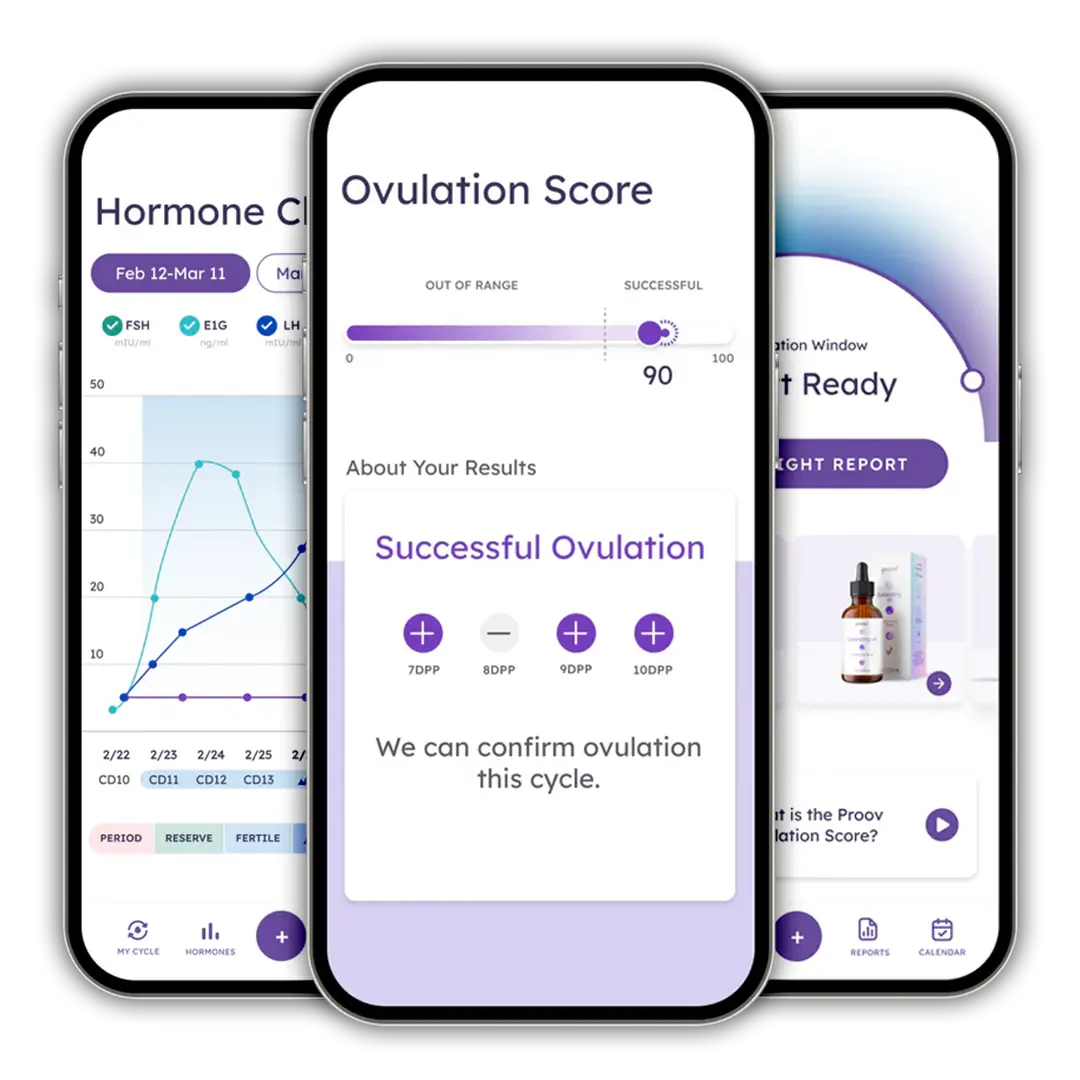
Being a woman can be hard. That’s why our tests are easy.
The Proov app gives you next-level hormone insights anytime, anywhere throughout your hormone journey.
- Non-invasive testing at home
- Quantitative hormone levels in 10 minutes
- Advanced analysis of hormone patterns
- Personalized next steps to optimize hormones




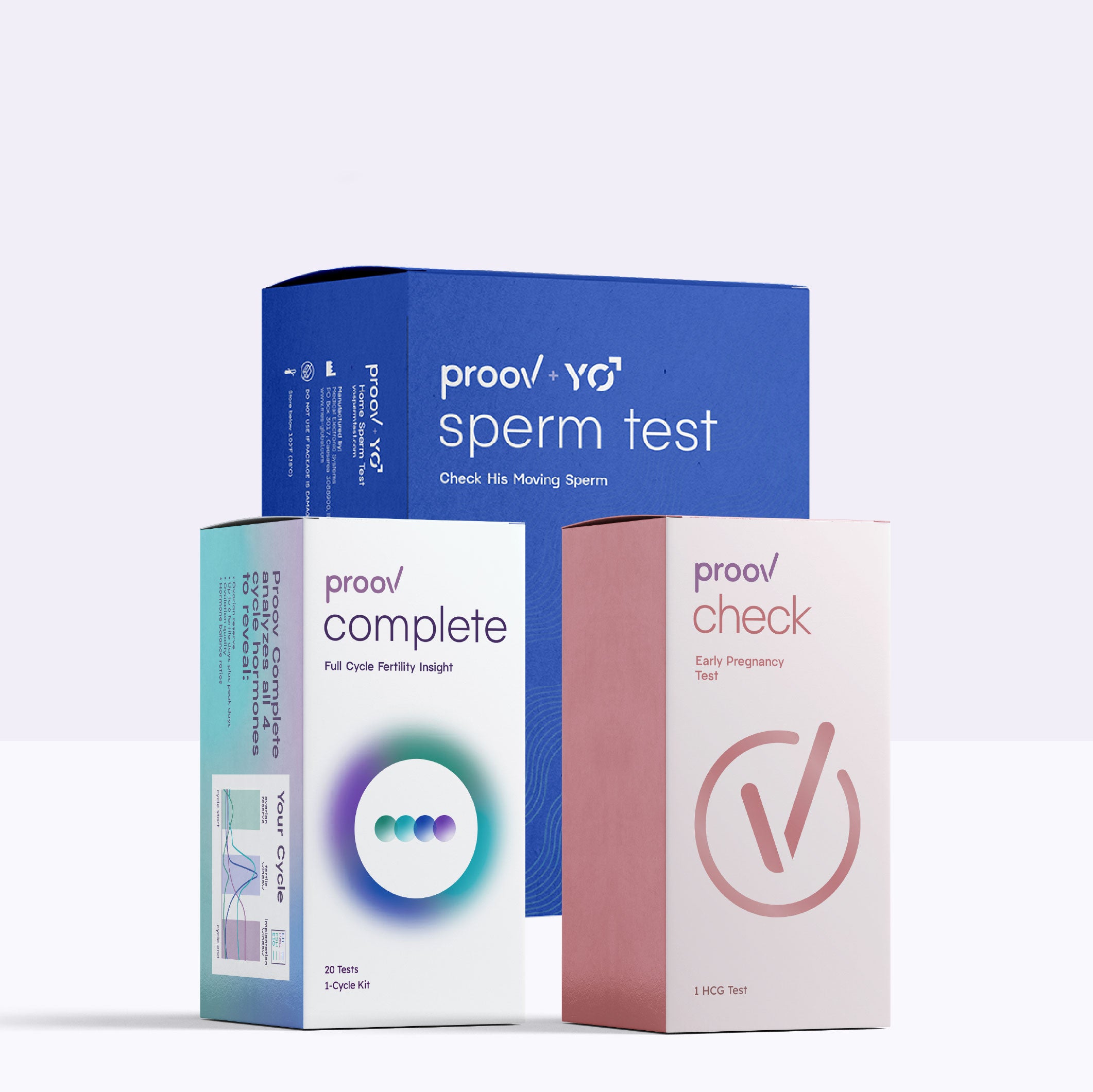
Boost your chances of pregnancy — together.
1 in 6 couples struggle with infertility and 50% of the time a male issue contributes.
Our most comprehensive at-home fertility test for men and women so you can get pregnant faster.
P.S. Choose the Hers & His bundle & save $29!
Have questions? Get answers.
Whats the Proov PDG difference?
Ovulation is more than a “yes/no”. In fact, it’s possible to release an egg but still not have enough progesterone - the hormone released after ovulation - to support implantation.
Proov measures a hormone marker released after ovulation, called PdG, that supports implantation and tracks it during the implantation window, which can give women more insight than a standard ovulation test.
Is Confirm an accurate at home fertility test?
Yes, Proov is 99% accurate at detecting FSH, E1G, LH, and PdG in urine.
Confirm only tracks PdG so if you want to test all four please checkout out best seller: Complete Fertility Testing.
What is PdG and why should I measure it?
Measuring PdG levels provides insight into successful ovulation, a piece of the fertility puzzle that you can’t get from BBT or blood tests alone. After circulating through the bloodstream, progesterone is released from the body as the urinary marker, Pregnanediol Glucuronide (PdG). Sustained, elevated PdG levels during the second half of your cycle — the “implantation window” — is an indication of successful ovulation, which increases your chances of successful implantation and pregnancy by as much as 75%. Low PdG levels during the second half of your cycle may indicate a problem with ovulation that could make it more difficult to get pregnant.
Do I need to use first mornings urine?
Yes, Proov Confirm is most accurate with first morning urine. Using anything other than first morning urine can cause inaccurate results.
How does Confirm PdG differ from Complete Fertility Testing?
Proov Complete tracks 4 key hormones & hormone markers across your entire cycle. Confirm only tracks PdG.
After you download the free Proov Insight app and activate your kit, the app will create your personalized testing protocol. Each morning before you pee, check in with the app to determine whether or not it's a testing day. Then, take your test according to the in-app instructions. At the end of your testing cycle, you'll receive your Ovulation Score and actionable fertility report!
What makes Proov fertility testing different from others?
Unlike other fertility tests, Proov Complete testing is non-invasive since all testing is done via urine, not blood.
Additionally, Complete tracks 4 key hormones & hormone markers across your entire cycle, rather than only at one point in time.

